|
•The Surrealists•
At the end of World War I, European youth were disillusioned--none more so than young artists, who tended toward both pacifism and cynicism. They refused to spend their gifts glorifying war and the politicians who’d lead tens of thousands to their deaths. Instead, a cadre of the most gifted flocked around Andre Breton in Paris, as he called for a revolution in painting, drama and literature.
Surrealism was to be the liberation of artistic consciousness from historical and logical constraints. As a mode of escape, surrealists used dreams more explicitly than any school of art before. Breton invited the inner circle--Max Ernst, Salvador Dali, and Man Ray--to his apartment on rue Fontaine where they recounted dreams to one another. Breton’s Manifesto of Surrealism touted the “omnipotence of the dream” and described the new movement as the “resolution of the two states, dreaming and reality, which are so seemingly contradictory into a kind of absolute reality--a surreality.”
Many surrealists painted specific dream images, and all of them used characteristics of the dream world such as space that has no depth or extends to infinity, and juxtaposition of objects which don’t belong together.
A few titles which reflect this are:
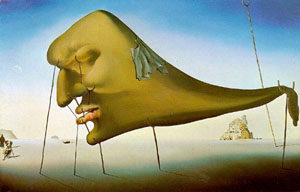
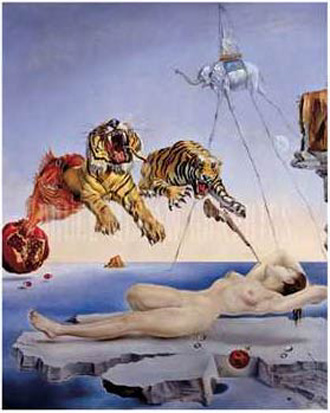
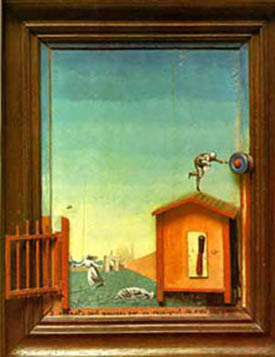
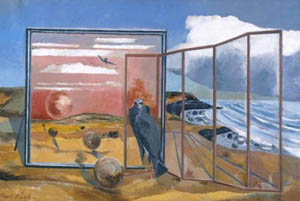
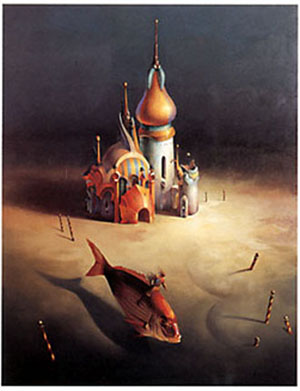
|